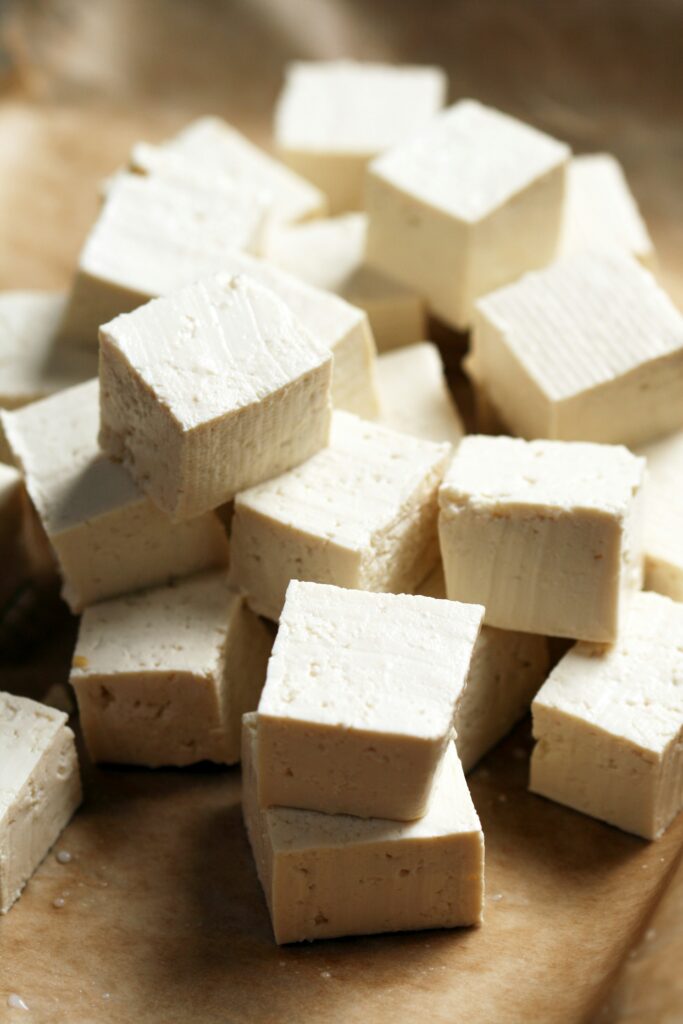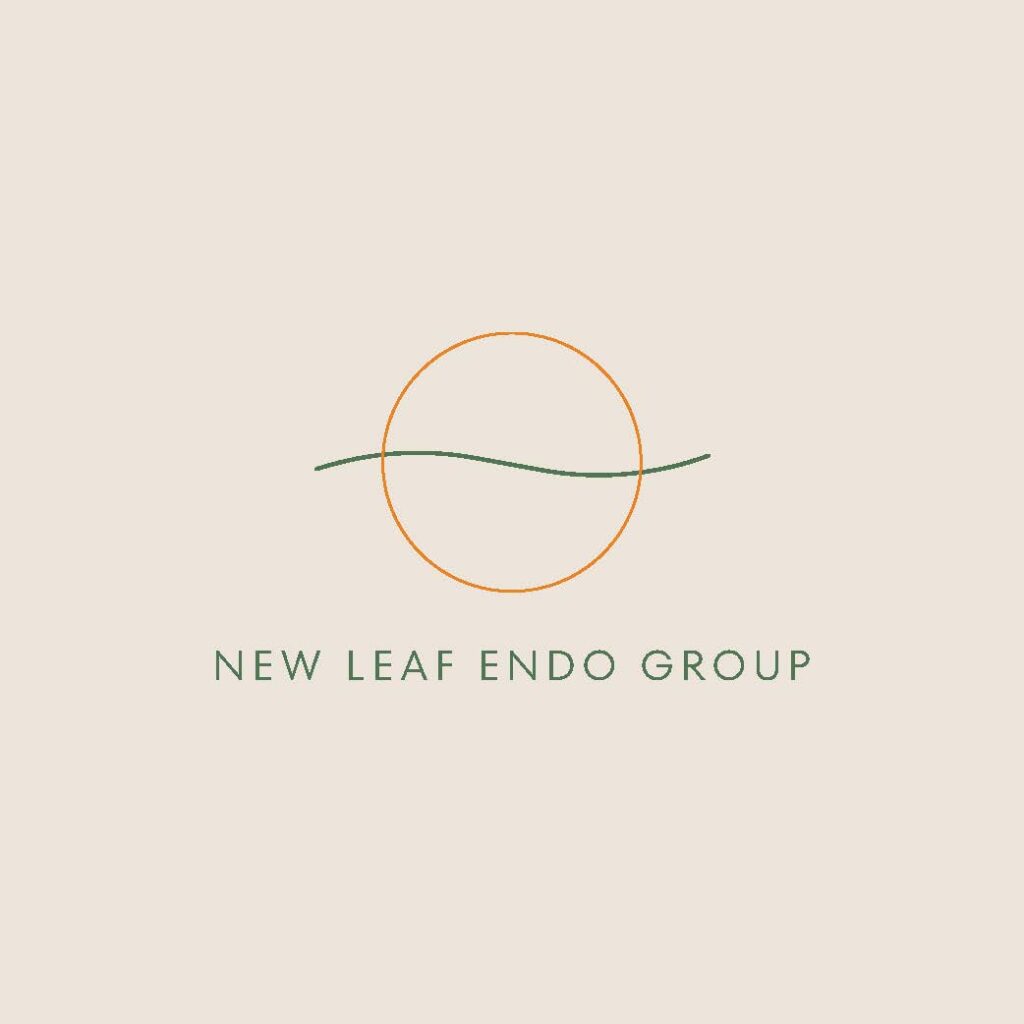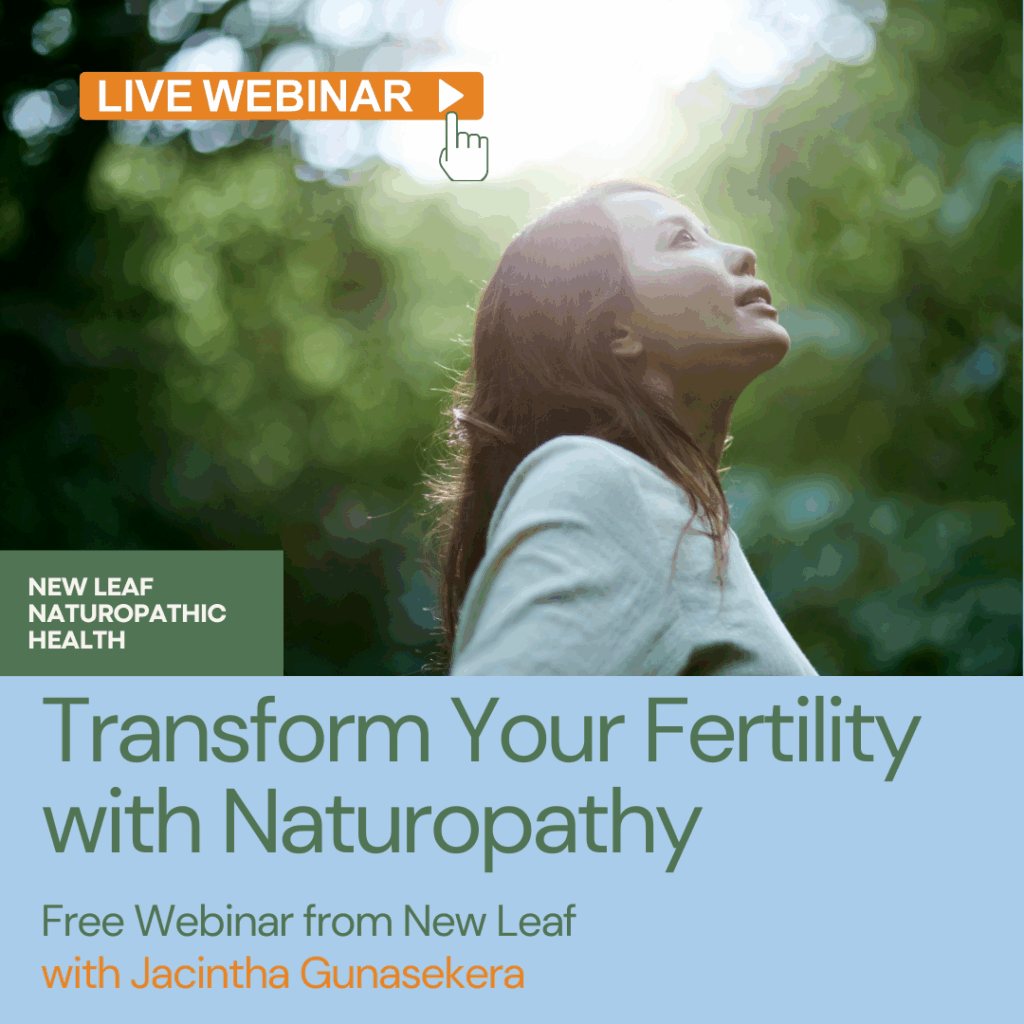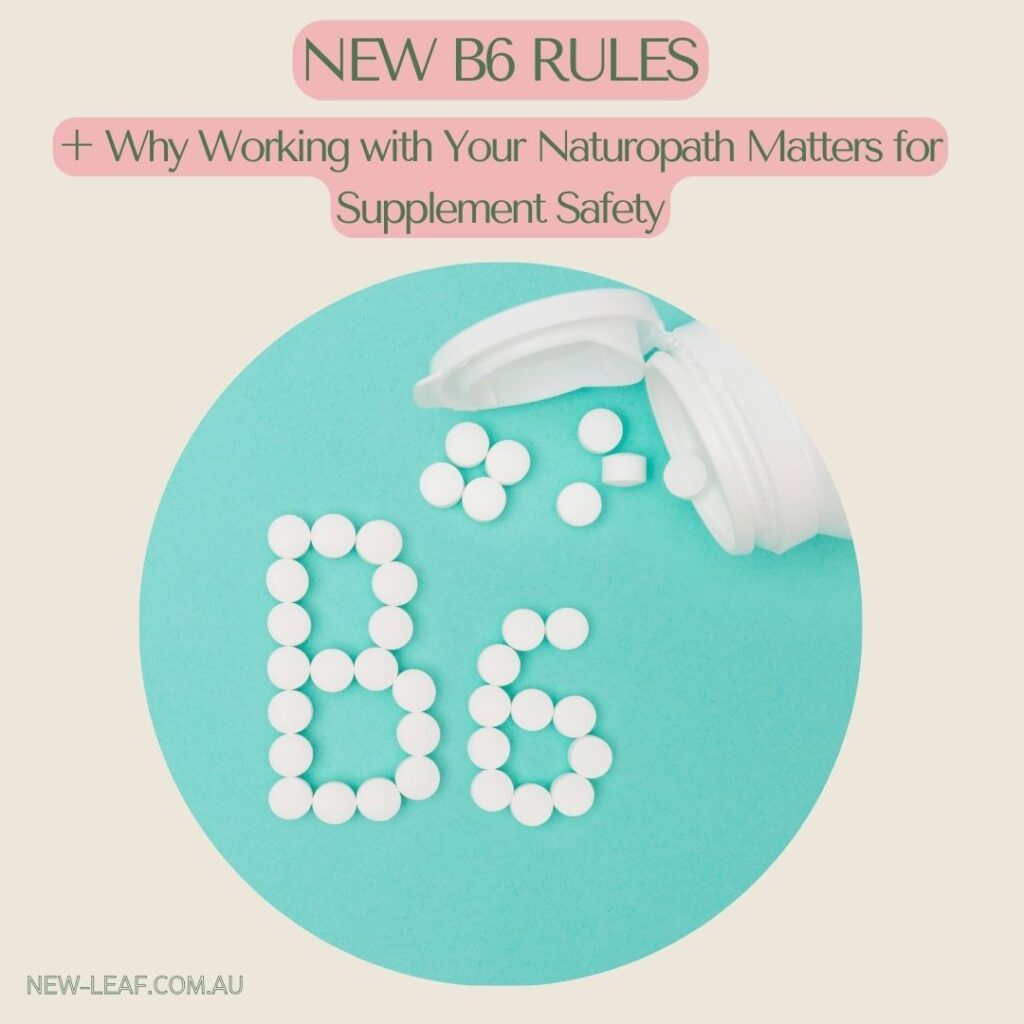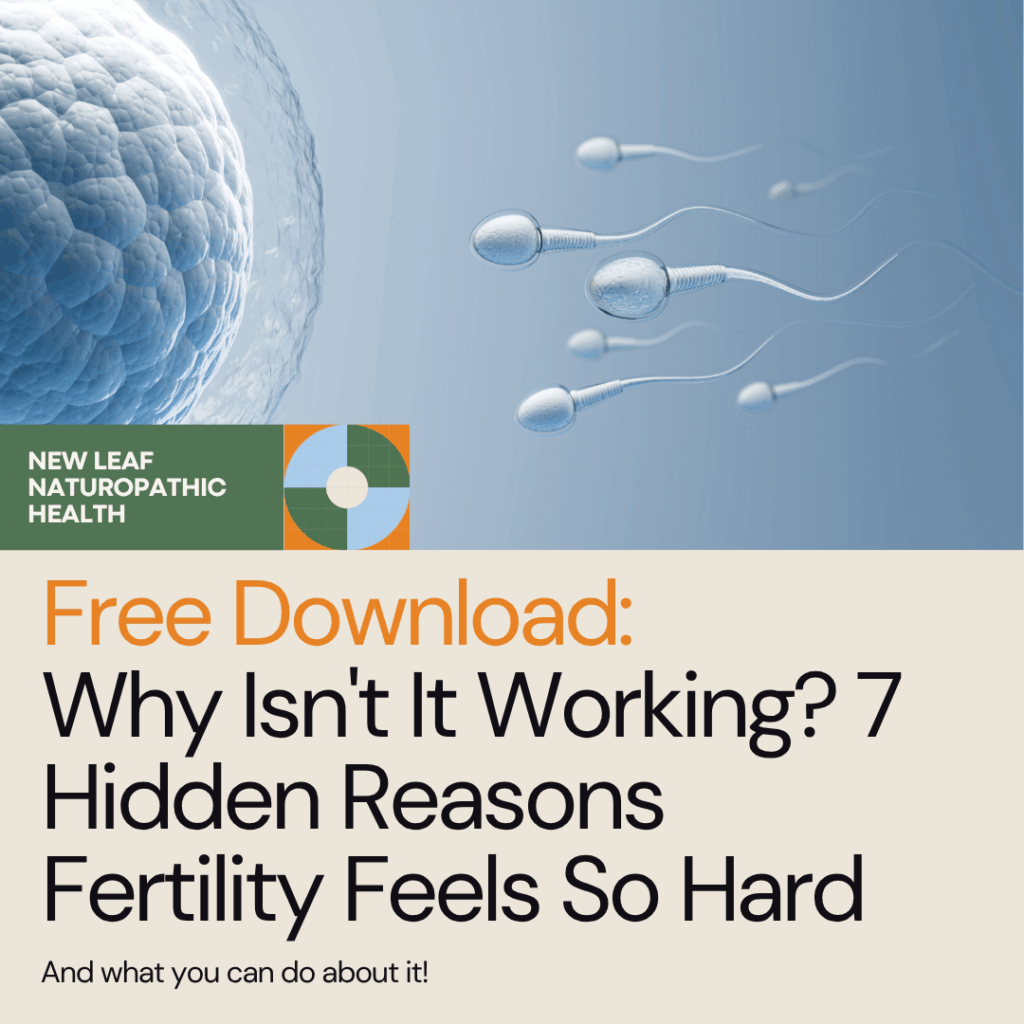What are phytoestrogens and how do they work?
Phytoestrogens are naturally occurring plant compounds with a similar chemical structure to human oestrogen, but much weaker in potency. Think of them as “plant oestrogens” that can bind to oestrogen receptors in your body, potentially helping ease perimenopausal & menopausal symptoms when your natural oestrogen production declines.
These compounds work as selective estrogen receptor modulators (SERMs), meaning they can either mimic or block estrogen activity depending on what your body needs. This makes them particularly valuable during perimenopause when hormone levels are all over the place.
Scientific backing: A comprehensive review published in the National Institutes of Health database found that phytoestrogens appear to reduce hot flash frequency in menopausal women without serious side effects.
Do phytoestrogens really help with menopause symptoms?
Yes, according to recent research. A 2024 systematic review and meta-analysis published in Phytotherapy Research confirmed that plant-based supplements are effective in improving overall menopausal symptoms.
What symptoms can phytoestrogens help with?
- Hot flashes and night sweats
- Mood swings and irritability
- Sleep disturbances
- Bone health concerns
- Cardiovascular health

How long before I see results?
Most women who increase their phytoestrogens notice improvements within 4-6 weeks of consistent intake, though some may see changes sooner.
What foods are highest in phytoestrogens?
Here are the top phytoestrogen-rich foods, organised by type:
Isoflavones:
- Soybeans and soy products (tofu, tempeh, miso, soy milk)
- Chickpeas and lentils
- Black beans and kidney beans
Lignans:
- Flaxseeds (highest concentration)
- Sesame seeds
- Sunflower seeds
- Whole grains (oats, barley, rye)
Coumestans:
- Alfalfa sprouts
- Split peas
- Lima beans
Stilbenes:
- Red grapes
- Berries
- Peanuts
How much phytoestrogens should I take daily for menopause?
Based on current research, here are the recommended daily amounts:
From food sources:
- Isoflavones: 40-80mg daily (equivalent to 1-2 servings of soy foods)
- Lignans: 20-30mg daily (about 1-2 tablespoons of ground flaxseed)
- Total phytoestrogens: 50-100mg daily
From supplements:
- Red clover extract: 40-80mg isoflavones daily
- Soy isoflavone supplements: 50-100mg daily
- Flaxseed supplements: 1-2 tablespoons ground flaxseed equivalent
❗ Important: Always start with food sources first, and consult your healthcare provider before taking supplements.
Are phytoestrogens safe for everyone?
While phytoestrogens are generally safe for most women, some should exercise caution:
Who should be careful:
- Women with a history of breast, ovarian, or endometrial cancer
- Those taking blood-thinning medications
- Women with thyroid disorders (soy can interfere with thyroid medication)
The bottom line:
For most healthy women, phytoestrogens from food sources are considered safe and beneficial.
Which is better: phytoestrogen foods or supplements?
- Food sources are generally preferred because:
- They provide additional nutrients and fiber
- They’re less likely to cause side effects
- They’re more cost-effective
- Absorption is often better

Supplements might be helpful if:
- You can’t tolerate soy or other phytoestrogen foods
- You need consistent, measured doses
- You have severe symptoms requiring higher concentrations
💡 Expert tip: Start with foods first, then consider supplements if needed under professional guidance.
Can I eat too many phytoestrogens?
It’s difficult to over-consume phytoestrogens from whole foods, but moderation is key. Safe daily amounts from food:
- 1-2 servings of soy foods
- 1-2 tablespoons of ground flaxseed
- Multiple servings of legumes, seeds, and whole grains
Final Thoughts
Ready to Begin? Let’s Start with a Conversation
You don’t need to know exactly what’s wrong — or where to start. That’s our job.
We offer free 15-minute Health Clarity Calls so you can get a feel for how we work, ask questions, and see if we’re the right fit for your needs.
